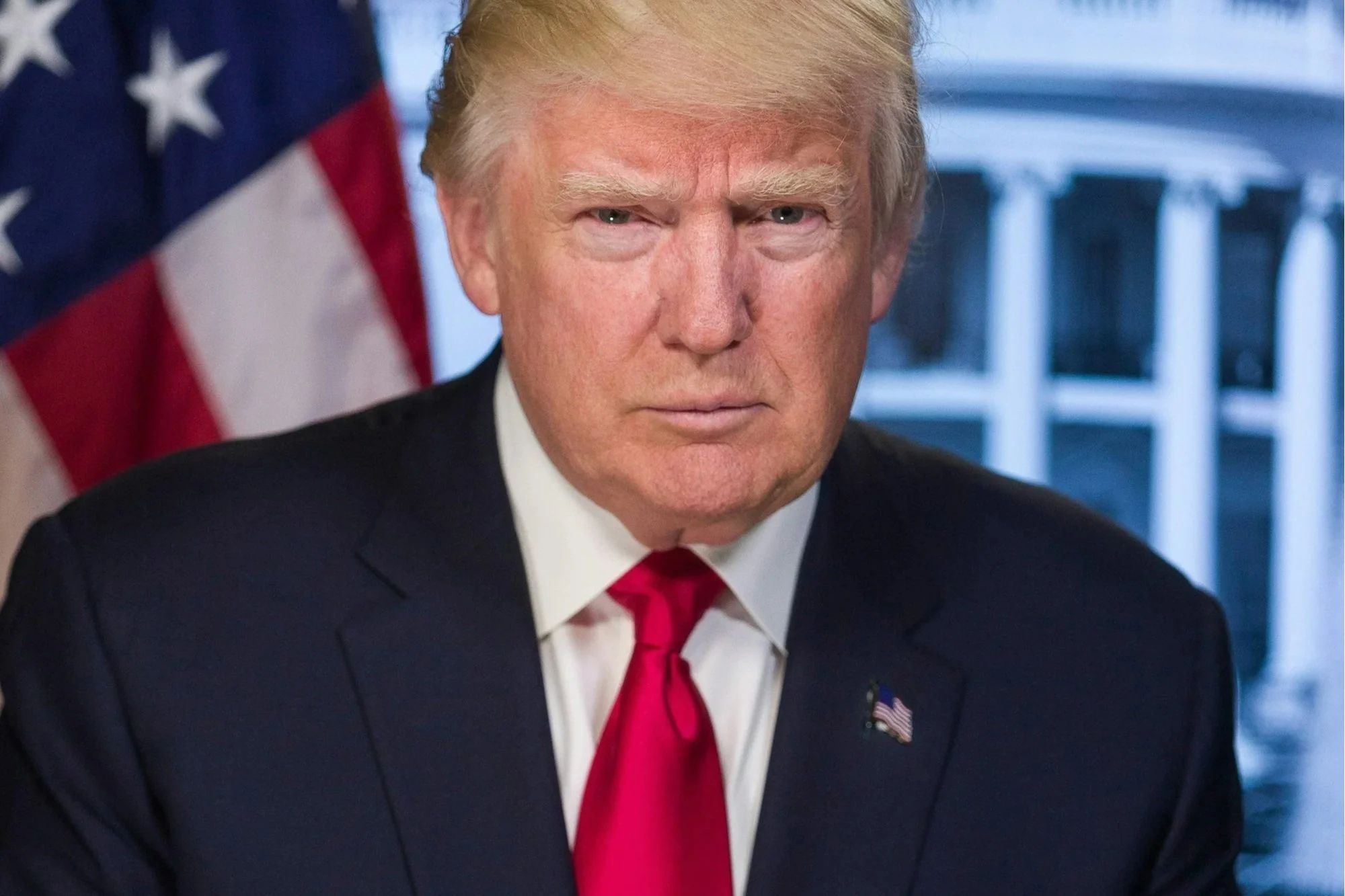Donald Trump Fails Spectacularly To Prevent A Government Shutdown
Source: Squarespace/ Unsplash
Donald Trump Can’t Run From This One: The Shutdown Is on Him
The U.S. government is now shutting down — a crisis not born of external forces, but of Trump’s own decisions and rhetoric. While he has long insisted that a shutdown is the fault of the sitting president, he now occupies that very office and is doing exactly what he once blamed others for.
Trump’s inability to understand the president’s role in basic budget negotiations with Congress demonstrates that he lacks the experience, education, and mental capacity to carry out the job he was elected to do.
A resurfaced NowThis video shows Trump's thoughts on the matter over the years. Back in 2011, he called a potential shutdown a “tremendously negative mark on the President of the United States.” Now that he holds that office, we see a glaring shift. A shift from blaming those in charge to intentionally causing government inefficiency due to blatant leadership incompetence.
A government shutdown occurs when the federal government runs out of legal authority to spend money. Each year, Congress must pass spending bills or short-term extensions, known as continuing resolutions, to fund federal agencies and programs. If lawmakers and the president cannot agree on this legislation before the deadline, usually the start of the fiscal year on October 1, funding lapses and the government is forced to shut down.
Source: Squarespace/ Unsplash
What Happens During A Government Shutdown?
When a shutdown begins, the consequences ripple quickly. Essential services such as military operations, air traffic control, and border security continue to function, but the people providing those services often work without pay until funding is restored. Meanwhile, non-essential services like national parks, museums, and many administrative offices close their doors. Hundreds of thousands of federal workers are either furloughed, meaning sent home without pay, or required to keep working with the promise of back pay later. Federal contractors often face an even harsher reality: they typically are not reimbursed for missed work.
Shutdowns usually end only when Congress passes, and the president signs, new funding legislation. Sometimes that comes in the form of a full budget package, but often it’s another temporary extension that simply pushes the fight down the road. Until then, agencies remain in limbo, ordinary workers bear the brunt of the crisis, and public services across the country are disrupted.
What makes shutdowns especially damaging is that they rarely stem from unavoidable budgetary issues. Instead, they are often deliberate political maneuvers, with one side using the threat of a shutdown as leverage to force unrelated policy concessions. In that sense, a government shutdown is less about fiscal necessity than it is about political brinkmanship—one that leaves federal workers and the public caught in the middle.
Chuck Schumer's 2nd official Congress photo taken in 2017. Public Domain.
Not Accident, But Strategy This Time
What’s different this time is the posture he has adopted. Rather than bending to push Congress to reopen the government, Trump is effectively pointing fingers at the Democrats. He repeatedly blames Democrats — “This is all caused by the Democrats … they’re the ones shutting down government.”
This isn’t a case of Democrats refusing to govern — it’s the president deliberately rejecting bipartisan solutions. Trump even signaled that he’s ready to let agencies engage in mass firings (not just furloughs) to use the crisis as leverage. By instructing agencies to prepare for mass layoffs and refusing to extend even temporary funding, Trump engineered the shutdown as leverage. The Democrats’ position has been simple: keep the government open, negotiate policy differences afterward.
The Office of Management and Budget has instructed agencies to prepare reduction-in-force (RIF) plans that would permanently cut staff in programs deemed lower priority — a threat that heightens the stakes for public employees and agencies alike. These are not passive consequences; they’re tactics.
Even as the House passed a short-term funding resolution, the Senate failed to advance it, and Democrats say Trump’s refusal to meet is a deliberate derailment. Schumer has publicly called this a “Trump shutdown” and blamed the president for pulling out of talks.
Source: Squarespace/ Unsplash
Hypocrisy Exposed
If a president is supposed to “own” the shutdown, then Trump is holding a mirror up to himself. His strategy turns his past doctrine — that the buck stops with the president — into political theater. When the outcomes are bad, he wants to project the blame elsewhere.
Yet it is disingenuous to divorce the presidency from the purview and responsibility of governing. By directing agencies to plan mass firings, by refusing to negotiate, and by signaling a willingness to let the shutdown endure for strategic gain, he is actively shaping the crisis. The president does not merely suffer a shutdown — he now orchestrates one.
Here’s what this means politically:
Public Perception Risk: Polls suggest voters are ready to blame the GOP if the shutdown drags out.
Real Human Costs: Hundreds of thousands of federal workers may lose pay or jobs. Public services will be delayed or shuttered.
Institutional Erosion: Using shutdowns as leverage undermines trust in governance and makes federal employees pawns in political brinkmanship.
The irony is stark: Trump once condemned presidents who failed to keep the government open. Now he has transformed into precisely the kind of shutdown-driven leader he once derided. The blame no longer sits somewhere “else” — it sits squarely with him.





